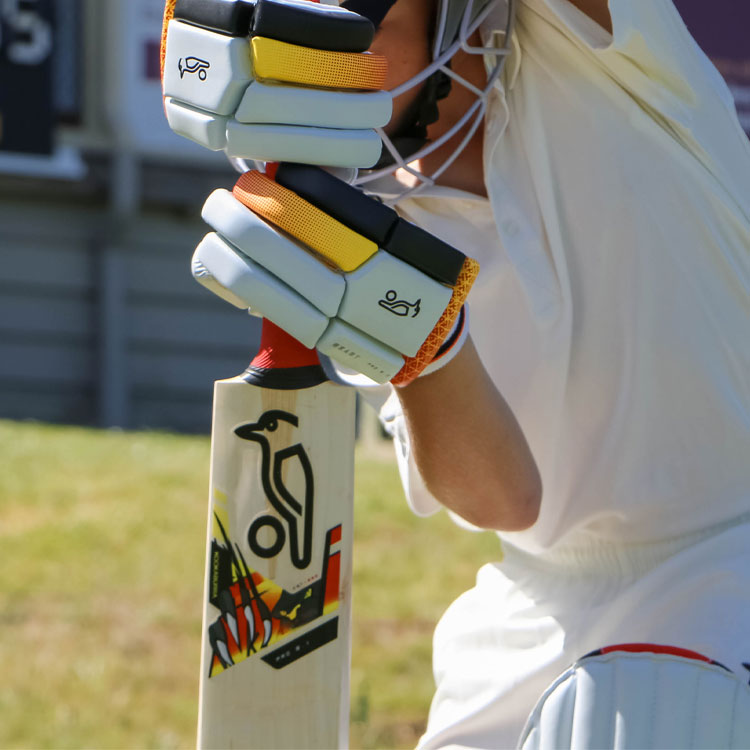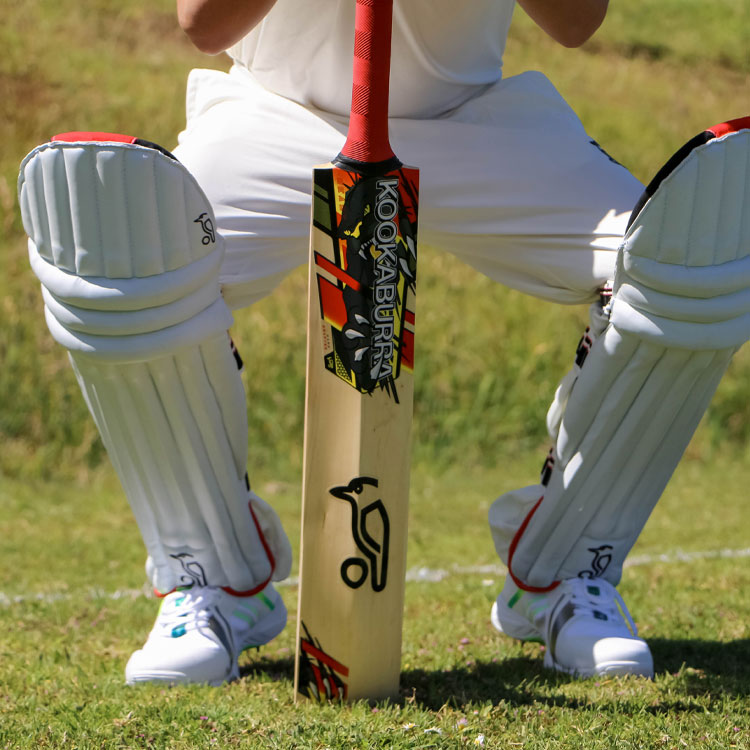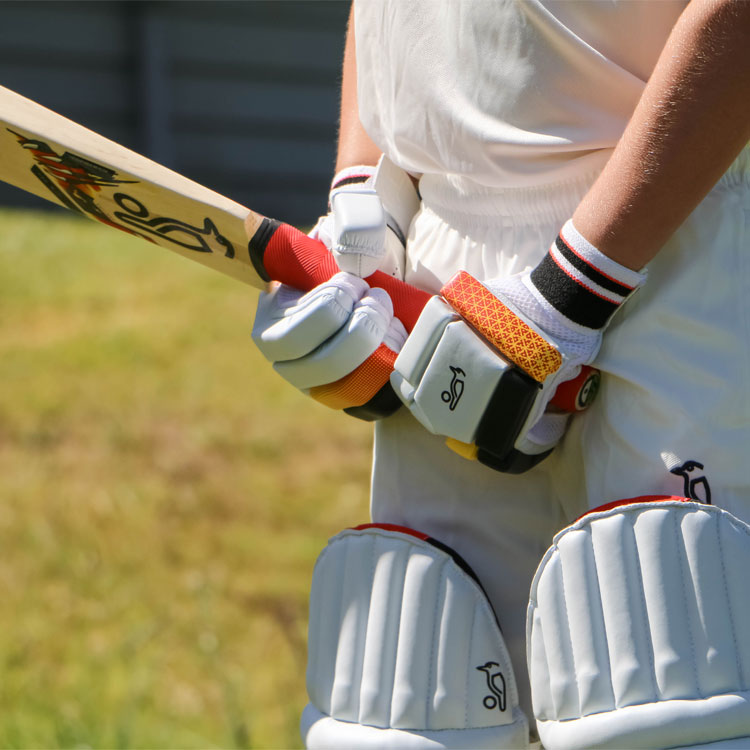


What’s the best cricket bat for a junior player?
When choosing the right cricket bat for a junior, there are a number of things to consider. This includes the type of player they are becoming, ensuring the bat is the right size and factors such as affordability and playability.
Willow Grade Differences
Cricket bats are typically made from a type of willow reed, with English Willow being the most popular. In their natural form, willow reeds are soft and fibrous and need to be pressed to form the shape of a bat. Cricket bats made from English Willow are widely considered to be the best bats in terms of playability - this is due to their durability and density which drives more power. Many junior cricket bats are made from English willow for this reason.
Outside of willow type, pay particular attention to the grade level used when choosing your bat. The grades range from 1-5 with 1 being the most premium. For more information on grade type, visit our Bat Selector Page.
Affordability
English Willow is, however, more expensive making Kashmir a great choice for beginners and those wanting to get involved in cricket without having to spend a fortune. Take a look at our wide range of Kashmir Junior Cricket Bats to see what bat best suits you starting out. Kashmir willow is harder and dryer by nature than English Willow, making it ideal as a starter bat for use against a softer ball. Kashmir bats also tend to be cheaper, which is a significant consideration given that children grow and the bat will likely need to be replaced before it wears out.
Type of player
As a junior, the type of player you are or are wanting to become has an impact on the best bat for you. If you are the type of player who hits the ball with a lot of power, aiming for boundaries then you’ll need a heavier, more structured bat to drive this performance. If you are more likely to develop skills in strategy and aim to slowly build up runs by hitting balls between the fielders then you’d benefit more from a lightweight bat.
Ball Type
Cricket is played in a number of different formats, so the ball being used in your specific competition is important to consider before purchasing your junior cricket bat. The range of balls being used varies from leather, tennis, foam and rubber. The choice of bat for a leather ball would require a sturdier cricket bat, as opposed to the use of a tennis or foam ball which would require a lightweight cricket bat.
Check out the range of junior cricket bats from Kookaburra. Available in a range of sizes, made from different materials and at different price points - there’s sure to be the perfect one for you.


Junior Cricket Bat Size Guide
No matter your height, build or age - having the right size equipment is imperative for good performance on the cricket pitch.
If your child has graduated from plastic beach cricket equipment and is wanting to get a bit more serious about their game - the first step before purchasing a new bat is determining the best bat size and weight for them.
Why size matters
It’s not uncommon to see young cricket players striding out to the crease with a bat that’s too big for them. At such a young age, when their cricket skills are just starting to develop, it’s vital that the equipment they’re using is starting them off on the right foot. If a bat is too big you might see your child fumbling because the handle is getting in the way. They may also miss connecting with the ball because the toe of the cricket bat is continually making contact with the ground on the swing through.
Having a bat that’s too heavy can lead to difficulty learning pull and cut strokes and can tire a player out. If a child is continually becoming frustrated because they’re not able to properly work on their technique and show improvement - they may give up on a game that otherwise would’ve been enjoyable for them. Having a bat that is perfectly sized will allow children to focus on honing their skills and less on making adjustments to suit improper equipment.
What to look for in junior cricket bat sizes
Generally speaking, a good rule of thumb when trying to find the right junior cricket bat is to examine the stance of the player facing up. When assuming the position of a player lining up to hit the ball - have them place the toe of the bat against the outside of their back foot. If the top of the handle is aligned with the inner groin of the front leg - the bat is the right height.
In regards to the weight of a cricket bat, if they’re unable to comfortably hold the bat at arms-length using only their top hand - the bat is likely too heavy. Something to note; the ideal weight of a bat is dependent on the type of cricketer. A powerful player wanting to hit boundaries will find a slightly heavier bat is preferable. A strategic player looking to guide and time the ball will want a lighter bat.
Kookaburra's junior cricket bat size guide takes into account a player's height and determines what is likely the right size bat for them. Combining this with the considerations outlined above, you should see your child on their way to making runs and having fun.
